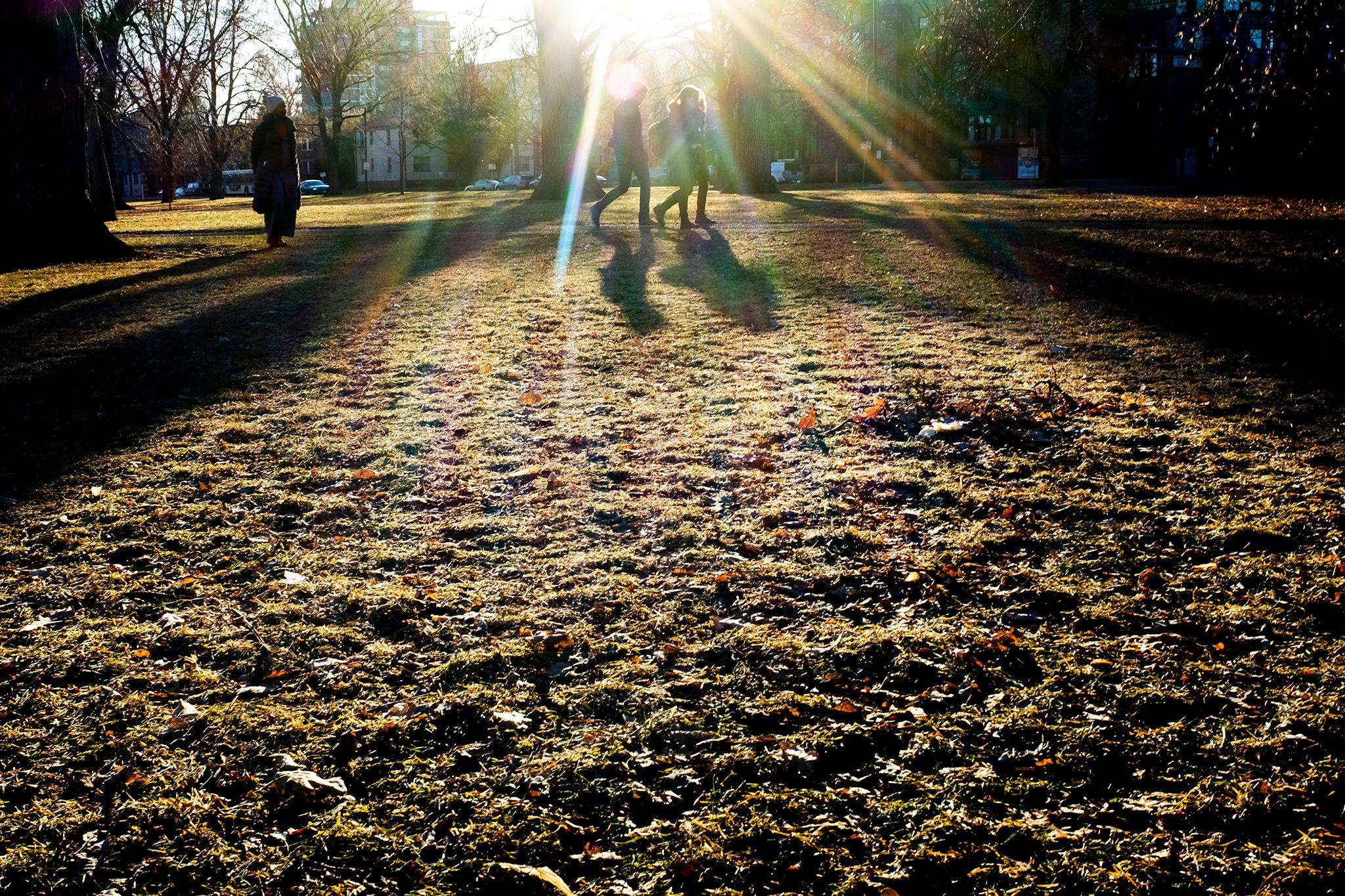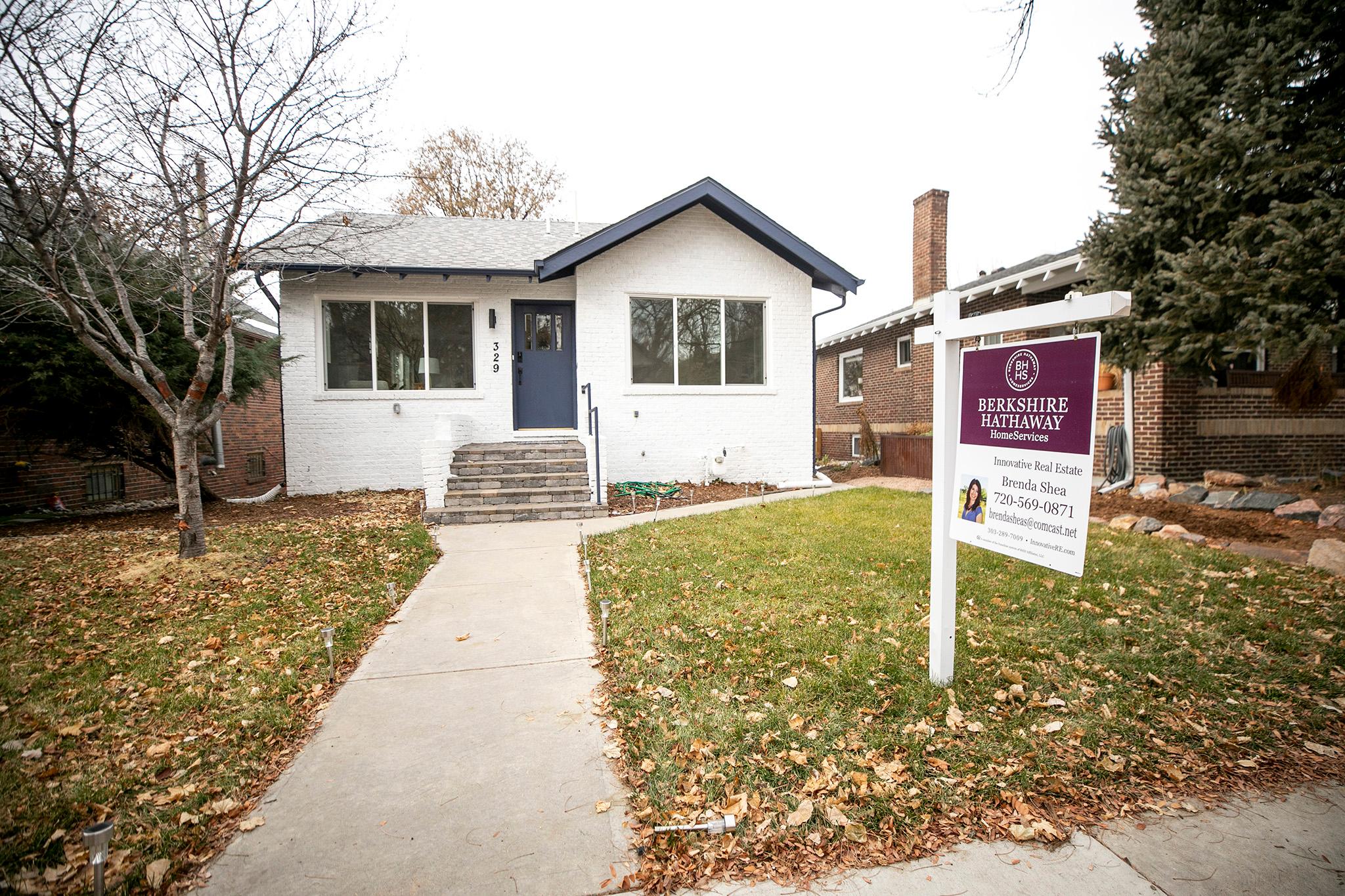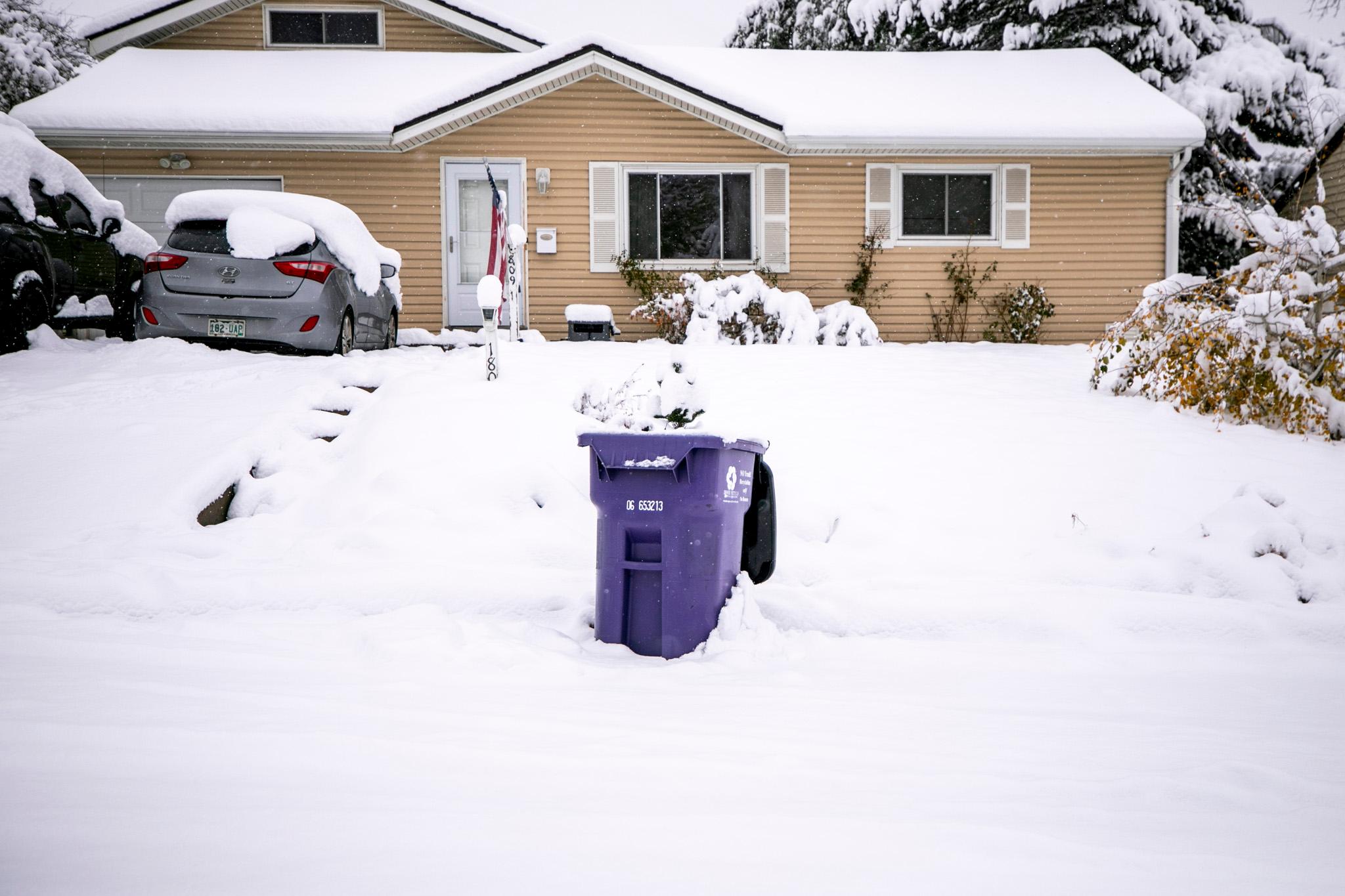Homelessness was increasing in the Denver area even before the coronavirus arrived.
"There was a homelessness crisis in our community ... and the nation prior to the COVID outbreak, and the COVID outbreak has only made it worse," said Matt Meyer, executive director of the Metro Denver Homeless Initiative, which is the local coordinator of an annual survey of homelessness known as the Point in Time.
The Point in Time is a one-day count of people living on the streets or in shelters conducted every January across the nation. According to results released Wednesday, 6,104 people were experiencing homelessness on Jan. 27-28 in the seven counties covered by the Metro Denver Homeless Initiative. That was up 6 percent from the previous year. Most -- 4,171 -- of those counted were in Denver, where the total was up about 6 percent over 2019.
The other counties included in the count are Adams, Arapahoe, Boulder, Broomfield, Douglas and Jefferson.
The Point in Time provides a snap shot. While its surveyors can't count everyone in one 24-hour period, the results can show trends, including a slowing rate of increase that Meyer said indicated that efforts to address homelessness were working. Homelessness, according to the Point in Time, increased 12 percent between 2018 and 2019 across the region and 14 percent in Denver.
Meyer said he was concerned about the future because of the impact of the coronavirus economic slowdown, which has increased joblessness. Jamie Rife, Meyer's director of communications and development, said the Metro Denver Homeless Initiative has in recent months seen a 300 percent increase, from about $15,000 a month to $45,000, in disbursements from a fund it uses to help with rent and other emergencies.
To keep people housed, Meyer called for another statewide eviction moratorium. A previous moratorium ended in June, though the period of time tenants have to pay increased from 10 to 30 days. Meyer added that the government and other larger funders needed to step in with rent relief. Even as people get back to work, they won't be able to make up months of rent bills.
"We certainly understand that landlords can't absorb all of that loss," Meyer said.
Another trend evident in the Point in Time is homelessness's disproportionate impact on African Americans and American Indians. More than 20 percent of people experiencing homelessness in the Denver area were African Americans, who make up less than 10 percent of the region's overall population. Around 5 percent of those experiencing homelessness were American Indian, who make up around 2 percent of the overall population.
"It's not unique to Denver. But it's certainly evident here," Meyer said, pointing to the nation's history of systemic discrimination in housing, jobs and education.














